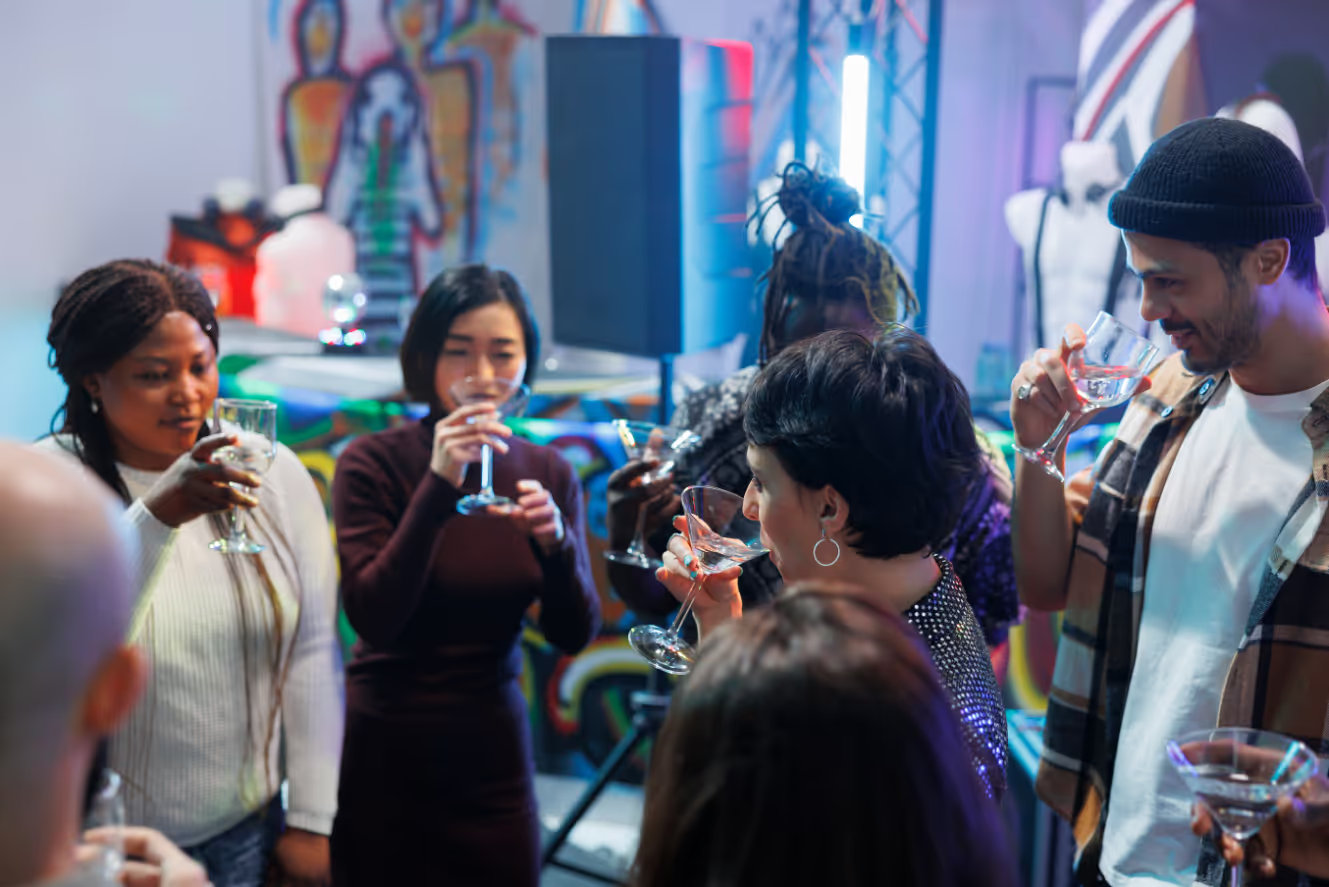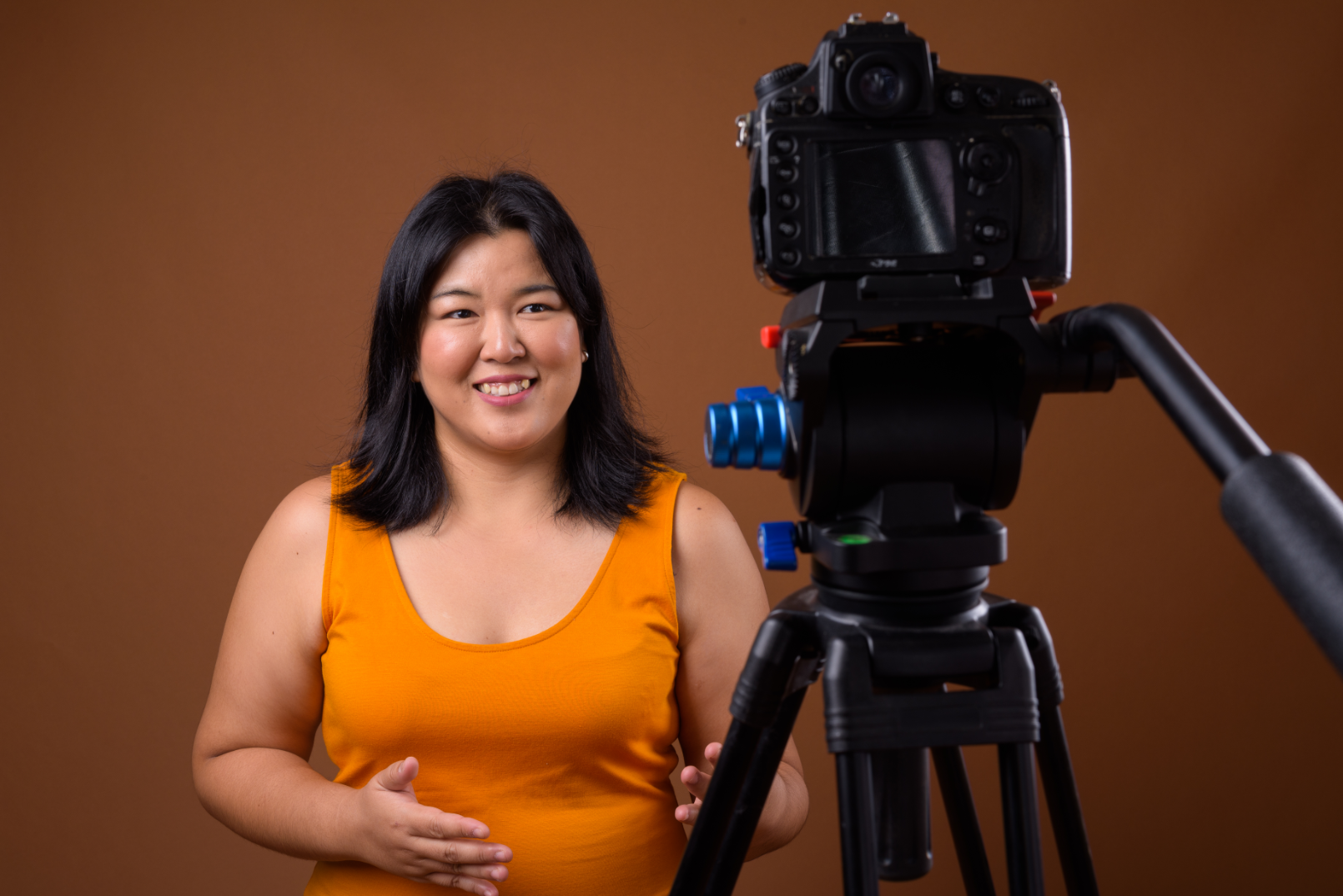Unlocking the Cinematic Look: 5 Advanced Lighting Methods

Welcome back to the FilmBaker blog, where we empower filmmakers like you to push the boundaries of visual storytelling. We've all started with the classic three-point lighting setup, and it's a fantastic foundation. But what happens when you want to move beyond good and venture into truly exceptional, cinematic territory? The secret often lies in advanced lighting techniques – methods that allow you to sculpt light with precision, evoke deeper emotions, and create truly immersive worlds.
Today, we’re diving deep into five advanced lighting methods that will elevate your visual language from standard to spectacular. These aren't just about throwing more light on a subject; they're about understanding the nuanced interplay of light and shadow, and how to harness them to tell a more compelling story. Get ready to unlock the cinematic look you've always dreamed of achieving.
Beyond the Basics: Sculpting Your Scene with Light
1. The Art of Motivated Lighting
Motivated lighting is perhaps one of the most powerful tools in a cinematographer's arsenal for achieving realism and immersion. It's the principle of making your artificial light sources appear to originate from a natural or practical source within the scene – a window, a lamp, a flickering TV, or even moonlight. This isn't just about putting a lamp in the background; it's about making your audience believe that the light illuminating your subject is genuinely spilling from that on-screen element, even if the primary light source is actually an off-camera fixture much larger and more powerful.
To master motivated lighting, analyze your set for potential sources. If there's a window, an off-camera HMI or LED panel can mimic sunlight or moonlight, casting shadows consistent with the apparent direction. If a character is reading by a desk lamp, a softbox positioned just out of frame can augment that practical light, ensuring proper exposure while selling the illusion that the desk lamp is doing all the work. The key is to match the quality, direction, and color temperature of your augmented light to the practical source, creating a seamless and believable visual experience.
2. Harnessing Darkness: The Power of Negative Fill
While we often focus on adding light, understanding how to subtract it is equally crucial for a cinematic aesthetic. Negative fill involves using black flags, solids, or even large pieces of black fabric to absorb light and deepen shadows. It's the inverse of positive fill, which uses reflectors or smaller lights to lighten shadows. By strategically placing negative fill, you can control contrast, add shape to your subject, and enhance mood.
Consider a dramatic scene where you want to emphasize a character's internal conflict. By placing a large black flag on the side of their face opposite the key light, you can prevent ambient light from filling in the shadows, creating a more defined and darker shadow side. This technique carves out contours, adds dimension, and evokes a more intense, brooding atmosphere. It’s an essential method for achieving a rich, contrasty look often seen in noir films or intense dramas, allowing shadows to tell as much of the story as the highlights.
Achieving Organic & Controlled Illumination
3. Integrating Practicals for Immersive Worlds
Practicals are any on-set light sources that are part of the scene’s dressing – desk lamps, overhead fixtures, string lights, TVs, or candles. While related to motivated lighting, integrating practicals takes it a step further by often using these actual fixtures as part of your primary or secondary lighting design. This isn't just about making them look like the source; it's about actively using their output to contribute to the exposure and mood of your shot.
Modern LED technology has revolutionized practical integration. You can replace standard bulbs in lamps with controllable LED bulbs (like Aputure Accent B7c or Nanlite PavoBulb) that allow you to adjust color temperature, brightness, and even effects (like flicker) remotely. This means your set dresser's choice of lamp can become a powerful, adjustable light source contributing directly to your scene's exposure and emotional tone. Augmenting practicals with off-camera lights is still common, but leveraging the practical itself for more direct impact creates an incredibly organic and believable illumination.
4. Mastering Ultra-Soft Light with Advanced Diffusion Techniques
Soft light is often synonymous with a beautiful, flattering, and cinematic look. While a single softbox or diffusion frame is a good start, advanced diffusion involves layering, using specific materials, or combining multiple diffused sources to achieve an exceptionally soft, wrap-around quality of light that seems to hug your subject without harsh transitions. This technique minimizes specular highlights and renders incredibly smooth skin tones, creating a dreamy or high-key aesthetic.
One common advanced method is "stacking" diffusion – placing multiple layers of diffusion materials (e.g., a large 8x8 full silk followed by a smaller 4x4 216 diffusion panel closer to the subject). Another approach involves bouncing a hard light into a large white card or ultra-bounce and then diffusing that bounced light. Experiment with different materials like Opal, 216, 250, or bleached muslin, each offering unique softening and light transmission properties. The goal is to create a light source so large and diffused that its shadows are barely perceptible, blending seamlessly into the background.
Precision and Purpose: Directing Every Photon
5. Shaping Light with Grids, Snoots, and Flags
Once you have your light source, the next advanced step is to precisely control where that light goes – and more importantly, where it doesn't go. This is where tools like grids, snoots, and flags become indispensable. These light modifiers allow you to shape the beam, prevent spill, and create intentional areas of light and shadow, giving you ultimate control over the mood and focus of your shot.
Grids (or egg crates) attach to softboxes or parabolic reflectors, narrowing the beam spread and preventing light from spilling onto areas you don't want it, like the background or camera lens. Snoots funnel light into a tight, circular spot, perfect for creating dramatic highlights on specific details or isolating a subject. Flags (often black fabric or solids mounted on stands) are used to cut or "flag" light, preventing it from hitting certain parts of the frame, deepening shadows, or creating crisp lines of light and shadow. Mastering these tools transforms you from simply illuminating a scene to meticulously painting it with light, guiding the viewer's eye exactly where you want it to go and enhancing the overall composition.
Conclusion
Moving beyond the fundamentals of lighting is a journey of continuous learning and experimentation. These five advanced methods – motivated lighting, negative fill, practical integration, advanced diffusion, and precise light shaping – are powerful techniques that will significantly elevate the cinematic quality of your work. They allow you to create richer textures, deeper emotional resonance, and a more immersive visual experience for your audience. Don't just light your scenes; sculpt them, paint them, and imbue them with purpose.
Ready to put these methods into practice or seeking more personalized guidance on your filmmaking journey? The team at FilmBaker is always here to support your creative ambitions. We're passionate about helping filmmakers achieve their vision through expert advice, high-quality resources, and a collaborative spirit. If you have questions, need equipment recommendations, or want to discuss your next project, don't hesitate to reach out. We'd love to hear from you!
Get in touch with us today: https://www.filmbaker.com/get-in-touch


